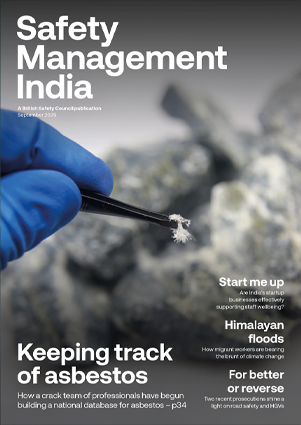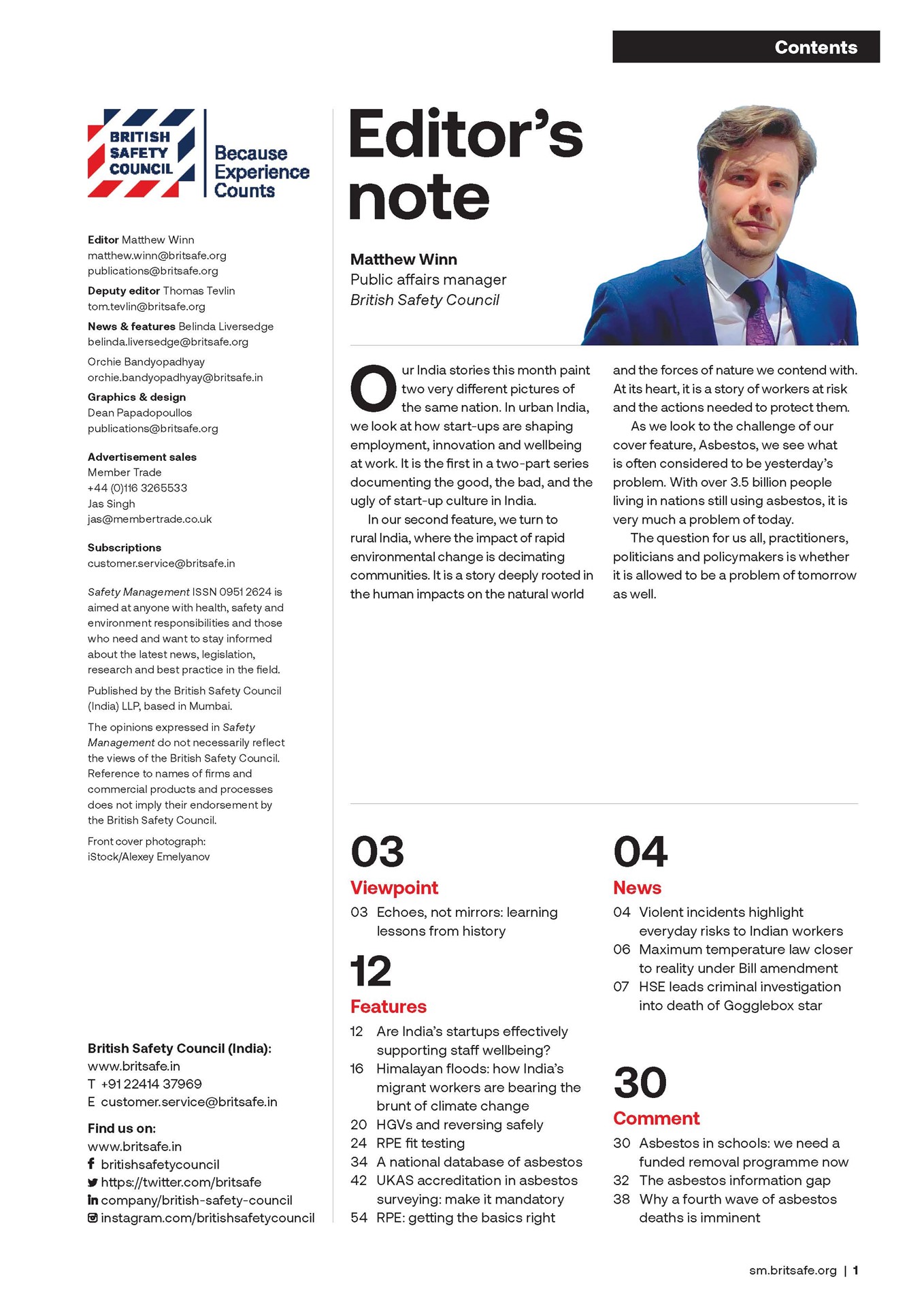News
Indian female workers experiencing higher levels of stress than men, reveals study
A recent study has concluded that working women in India are more stressed than men. For its latest report, Emotional Wellness State of Employees, mental health platform YourDost surveyed more than 5,000 Indian professionals and uncovered some eye-opening insights into the extent and causes of workplace stress.
The survey revealed that nearly three quarters, or 72.2 per cent, of female respondents reported high stress levels compared to 53.6 per cent of male participants.

Poor work-life balance was reportedly one of the biggest contributing factors to stress among working women, with 18 per cent struggling to juggle personal and professional responsibilities compared to12 per cent of men. The finding backs up anecdotal evidence that women face greater challenges than men in achieving a good work-life balance, due to factors such as caring responsibilities outside work and a higher burden of household tasks.
According to the YourDost survey, other leading causes of stress among female workers include insufficient recognition at work in general and from managers and colleagues, low morale and fear of being judged. The report also revealed that 20 per cent of women always felt low, a stark contrast to 9.27 per cent of men.
More generally, the report found that that employees aged 21 to 30 are the most stressed at work, with 64.42 per cent of this group experiencing high levels of stress. This age bracket is closely followed by those aged 31 to 40, with 59.81 per cent reporting high levels of stress. On the other hand, the least stressed age group is aged 41 to 50, with only 53.5 per cent reporting high stress levels.
“The shift in workplace dynamics, the evolution of remote and hybrid work models, has had an impact on the 21–30 age demographic,” said Dr Jini Gopinath, chief psychology officer at YourDost. “To support them, organisations should prioritise regular communication and engagement.”
Higher levels of stress
Meanwhile, a recent separate study by Deloitte found that half of working women are experiencing higher levels of stress than a year ago, and a similar share (49 per cent, also higher than in 2023), say they don’t feel supported by their employer to balance work responsibilities with personal life commitments.
However, on a more positive note, the study, Women @ Work 2024, conducted globally, also found that the share of women who feel ‘burned out’ has fallen to a quarter, compared with more than a third in 2023 and nearly half in 2022.
Among the study participants, 16 per cent changed employers over the past year (more than in the two previous years combined), mainly due to unsatisfactory pay, along with poor work-life balance and a lack of flexibility in working hours.
The YourDost survey results emerged as a separate new study by researchers from North Carolina State University and Clemson University concluded that hope may be the real superpower in maintaining mental wellbeing and professional engagement during prolonged periods of stress at work, surpassing the benefits of mindfulness.
Mindfulness refers to the ability of an individual to focus attention on the present, in a way that is open, curious and not judgmental, but commentators say the approach has limitations for maintaining mental wellbeing during periods of excessive stress.
“There’s a lot of discussion about the benefits of mindfulness, but it poses two challenges when you’re going through periods of stress,” said study co-author Tom Zagenczyk, a professor of management at NCSU’s Poole College of Management. “First, it’s hard to be mindful when you’re experiencing stress. Second, if it’s a truly difficult time, you don’t necessarily want to dwell too much on the experience you’re going through.”
In contrast to mindfulness, hope fosters a forward-looking perspective, concluded the study.
“Because hope is inherently forward-looking, while mindfulness is about appreciating your current circumstances, we wanted to see how each of these two mindsets influenced people’s wellbeing and professional attitudes during difficult times,” Zagenczyk added.
For the study, researchers gathered insights from 247 professional musicians associated with MusiCares – a US-based charity that provides health, financial, and rehabilitation support to musicians – through two surveys conducted one month apart, beginning in September 2021. The participants were asked about their thoughts and experiences at the beginning of the pandemic – during March to August 2020 – and their levels of hope and mindfulness between September 2020 and March 2021.
The second survey in October 2021 evaluated the participants’ work engagement, work tensions, emotional positivity and distress.
The researchers then used statistical techniques to identify relationships between hope, mindfulness and outcomes related to the participants’ personal wellbeing and attitudes toward work.
Less distress
“Fundamentally, our findings tell us that hope was associated with people being happy, and mindfulness was not,” says Kristin Scott, study co-author and a professor of management at Clemson University. “And when people are hopeful – and happy – they experience less distress, are more engaged with their work, and feel less tension related to their professional lives.”
Although the study focuses on musicians during an extraordinary set of circumstances, its implications are widespread, say the researchers.
“Every work sector experiences periods of high stress,” concluded Zagenczyk. “And every company should be invested in having happy employees who are engaged with their work.”


NEWS

High temperatures may be increasing the risk of kidney disease among Tamil Nadu’s farm workers, concludes study
By Orchie Bandyopadhyay on 10 November 2025
Tamil Nadu’s agricultural workers may be facing a growing risk of chronic kidney disease linked to heat exposure, dehydration and long outdoor workers hours, according to a new study.
Mayfield proposes ‘new deal’ for workplace health in final report to government
By on 01 January 0001

